|
Ostuni is known as White City of Apulia because of its stark white buildings perched high above the plain below. Located about 5 miles and within sight of the Adriatic coastline, it has a year-round population of about 32,000 inhabitants, but can swell in the tourist season to over 100,000. Part of the province of Brindisi, a region with high production of both wine and olive oil. The town is a popular popular place for expats, especially British and Germans. The region around Ostuni has been inhabited since the Neolithic era, with Neanderthals living here over 40,000 years ago. The town itself was settled by the Messapii tribe, destroyed by Hannibal during the Punic Wars. It was rebuilt by the Greeks, its name deriving from the Greek Astynéon ("new town"). The town came under rule of the Romans until the Normans conquered it in 996 AD and built a medieval town around the summit of the 950 feet high hill, including a castle and four gates (ruins today). In 1507, rule passed to Isabella, Duchess of Bari, and under her rule Ostuni thrived during the Italian Renaissance, with an abundance of Renaissance architecture left behind. 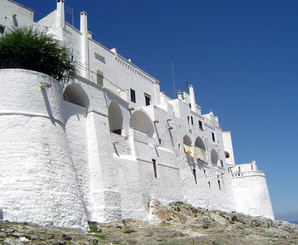 The white color of the town had practical advantages. Since at least the time of the Middle Ages, the lime whitewashing helped keep buildings cool by reflecting the heat of the southern sun. Lime whitewash also has disinfectant properties, helping to slow the spread of disease--this was proven during the Middle Ages, lessening the spread of the Plague. Lime is readily available in the surroundings of the city since the town itself is built upon three hills of Cretaceous limestone. The White City has become such a popular destination for tourists that the government pays for half the cost of homeowners repainting their homes every two years to keep them looking their whitest.  The centro storico (historic center) is still fortified by the ancient walls. The town's largest buildings are the Ostuni Duomo and the Bishop's Palace, together with a number of palazzi of local aristocratic families. In the surrounding countryside there are typical Pugliese masserie (fortified large estate-farms), as well as trulli (pointed roofed structures), many of which today have been converted into hotels and B&Bs. Since 2010, there has been such a large influx of British expats buying properties, that the town has been given the tongue-in-cheek nickname of Salentoshire. Events La Processione della Grata - On the second Sunday of August, this procession leaves the Sanctuary della Grata to go to the center of the city and, and in the evening the candles of over six thousand people light up the countryside which can be viewed from the city's walls. Sagra dei Vecchi Tempi - Feast of the Old Times. August 15th is a local food festival with many traditional dishes. Cavalcata di Sant’Oronzo - a celebration of the town’s patron saint, takes place between the 24th-27th August. The high point are costumed knights and a procession on horseback. Festa di San Biagio - On February 3rd, thousands of pilgrims go to the sanctuary of San Biagio carved into the side of the limestone hillside, just outside of town. The Sanctuary is notable for a huge, ancient sinkhole considered by speleologists the biggest underground cavity in Puglia. Visitors can enjoy the natural landscape in the surrounding area.- Via dei Colli, Ostuni, Puglia Just remember to bring your sunglasses if you plan on visiting Ostuni -- it's that white. --GVI |
Categories
All
Archives
May 2023
|

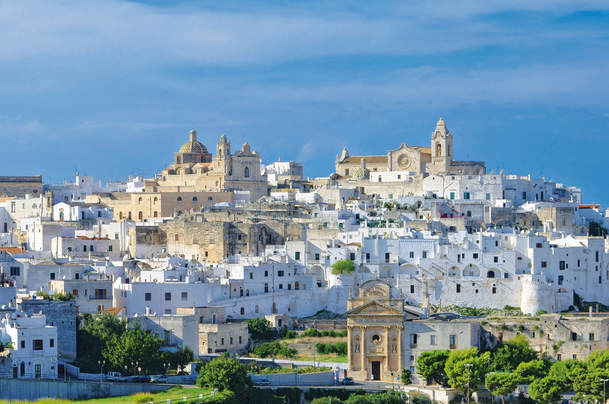
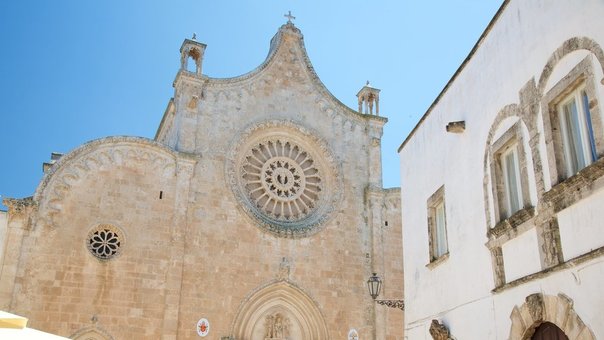
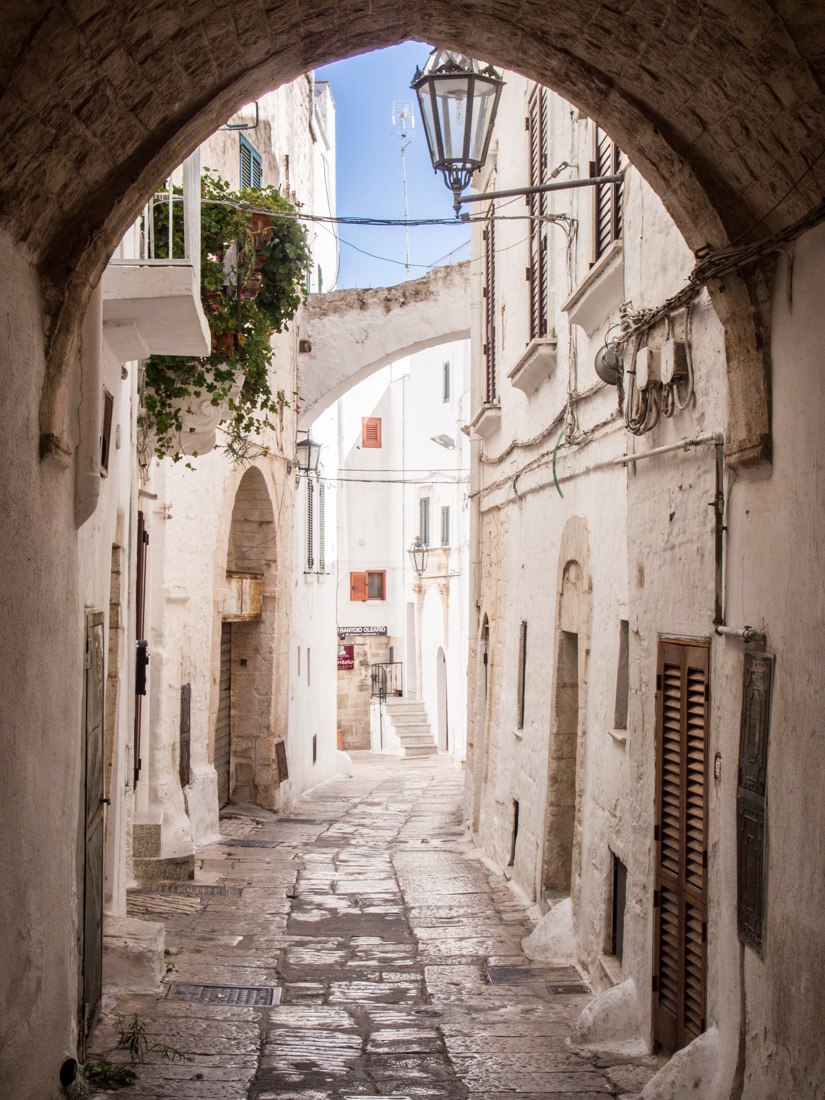
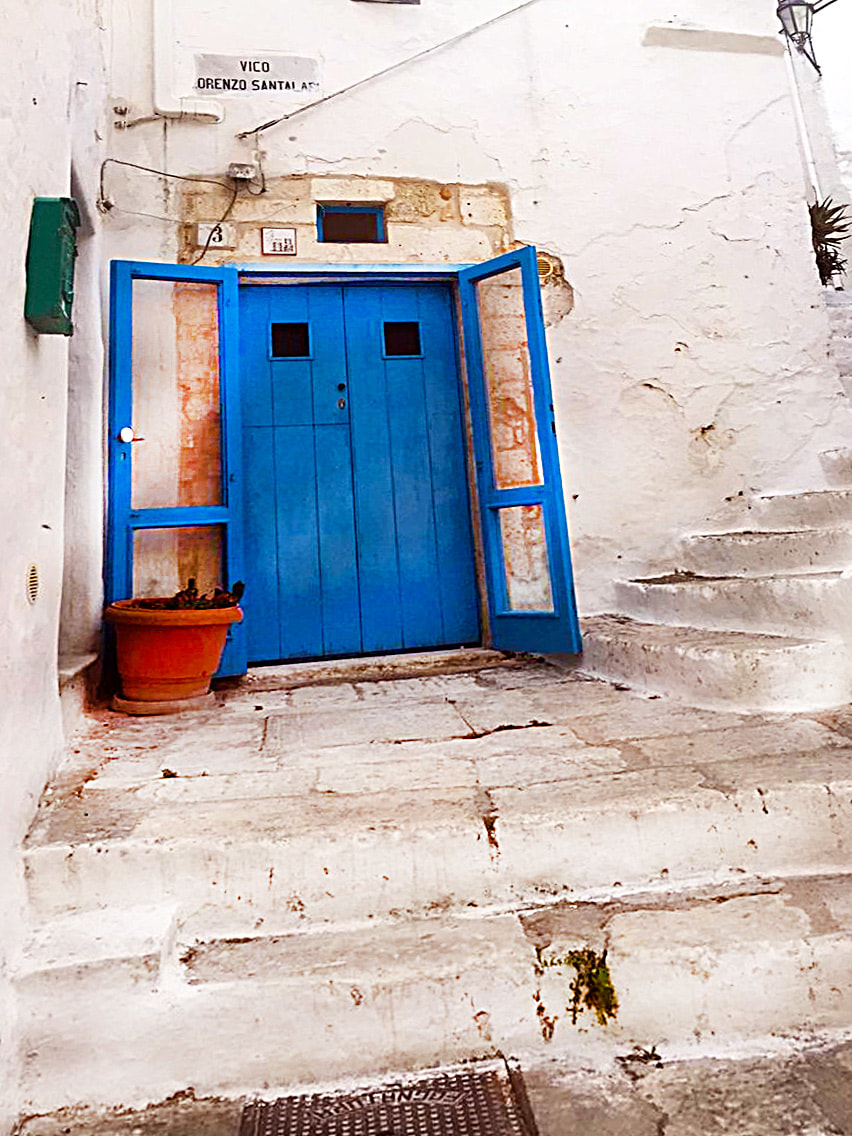
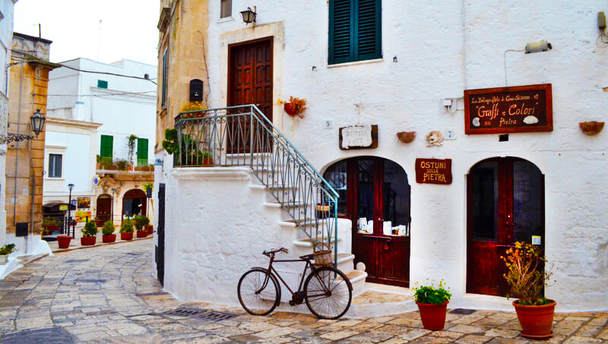
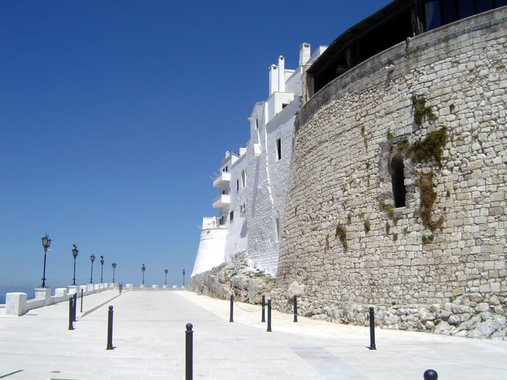
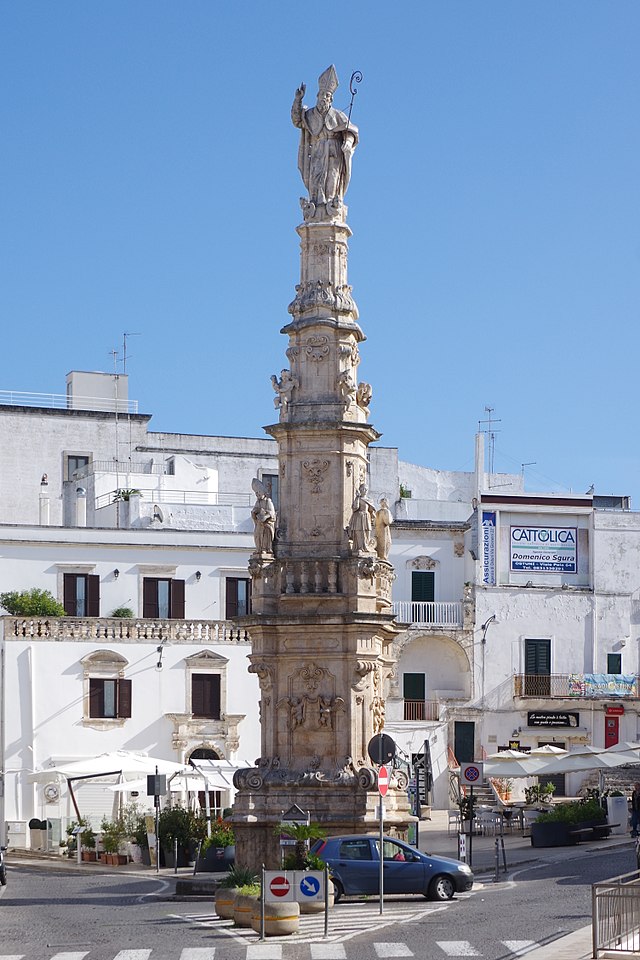
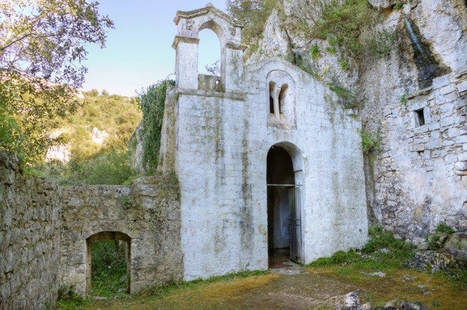
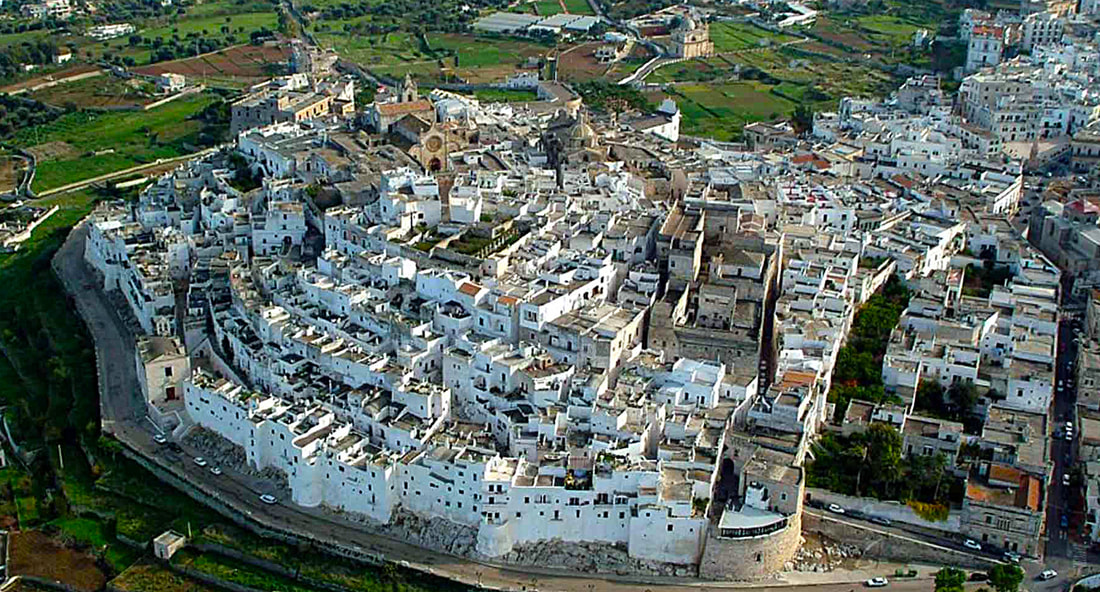
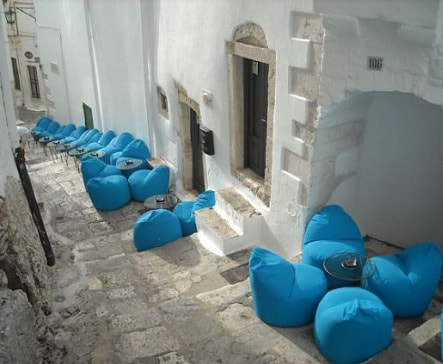
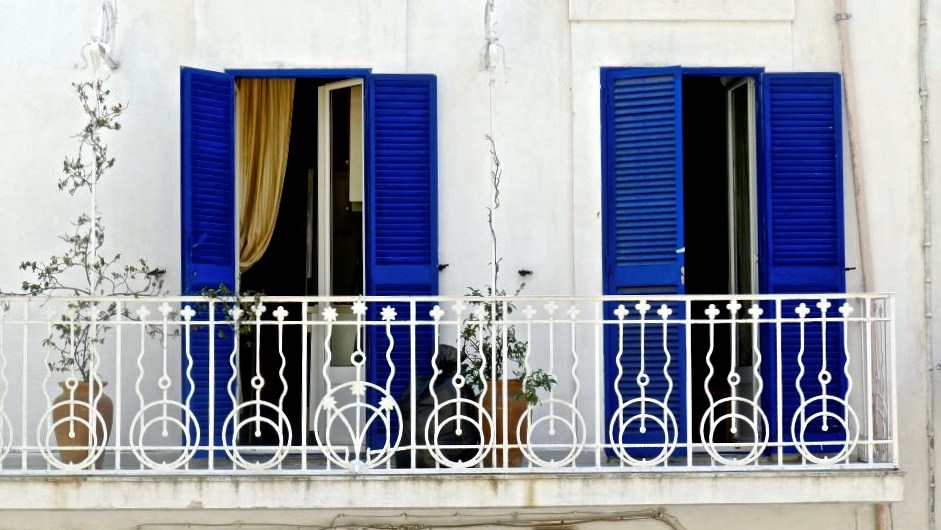
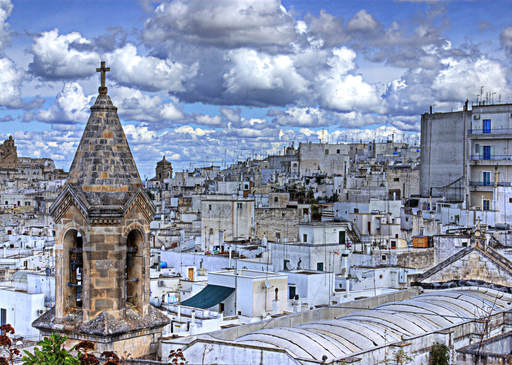
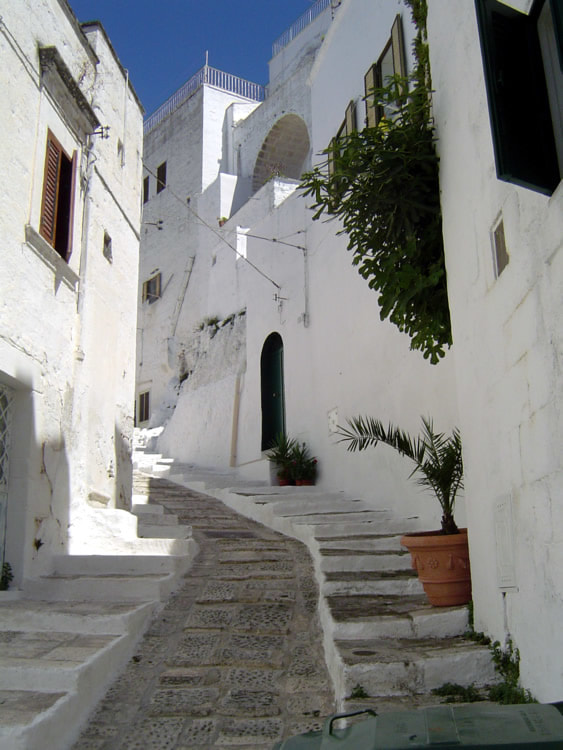
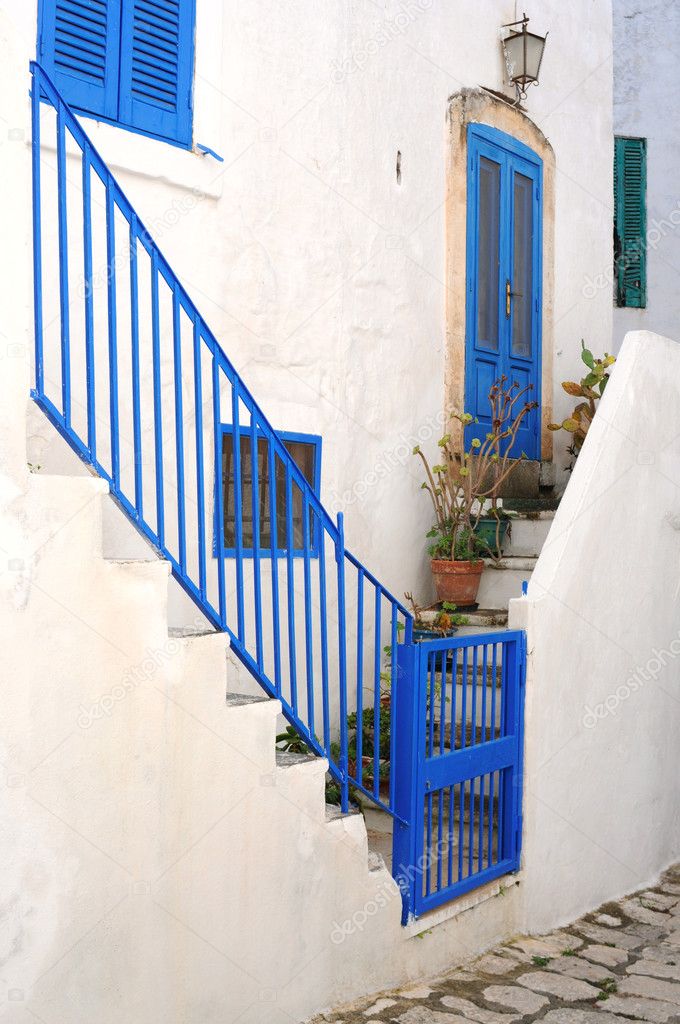
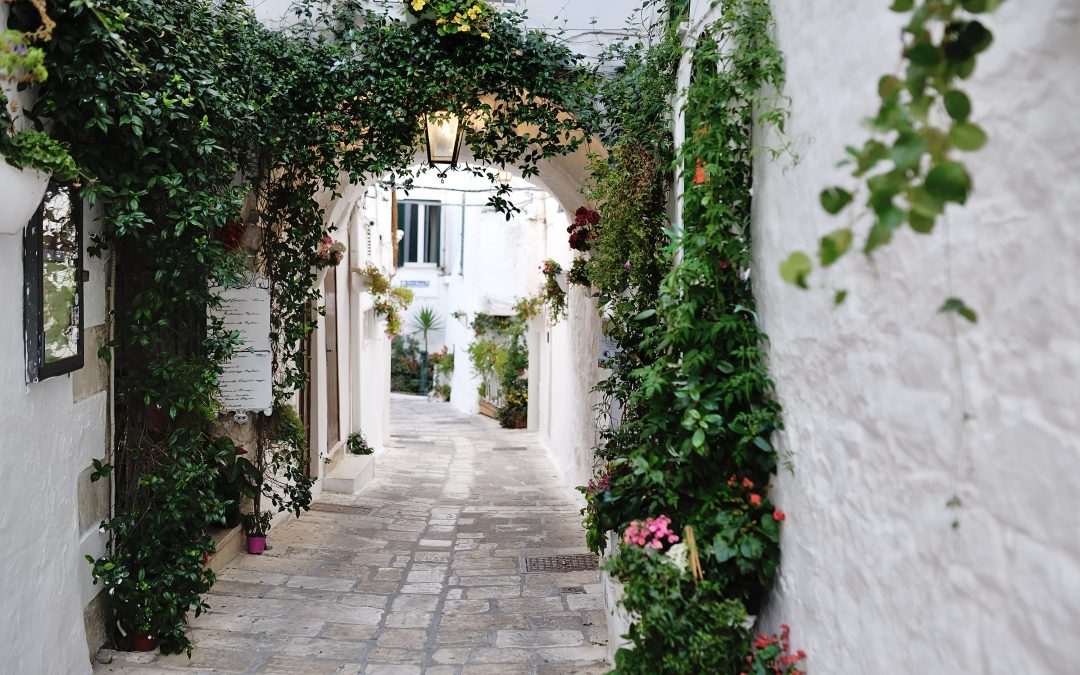

 RSS Feed
RSS Feed
